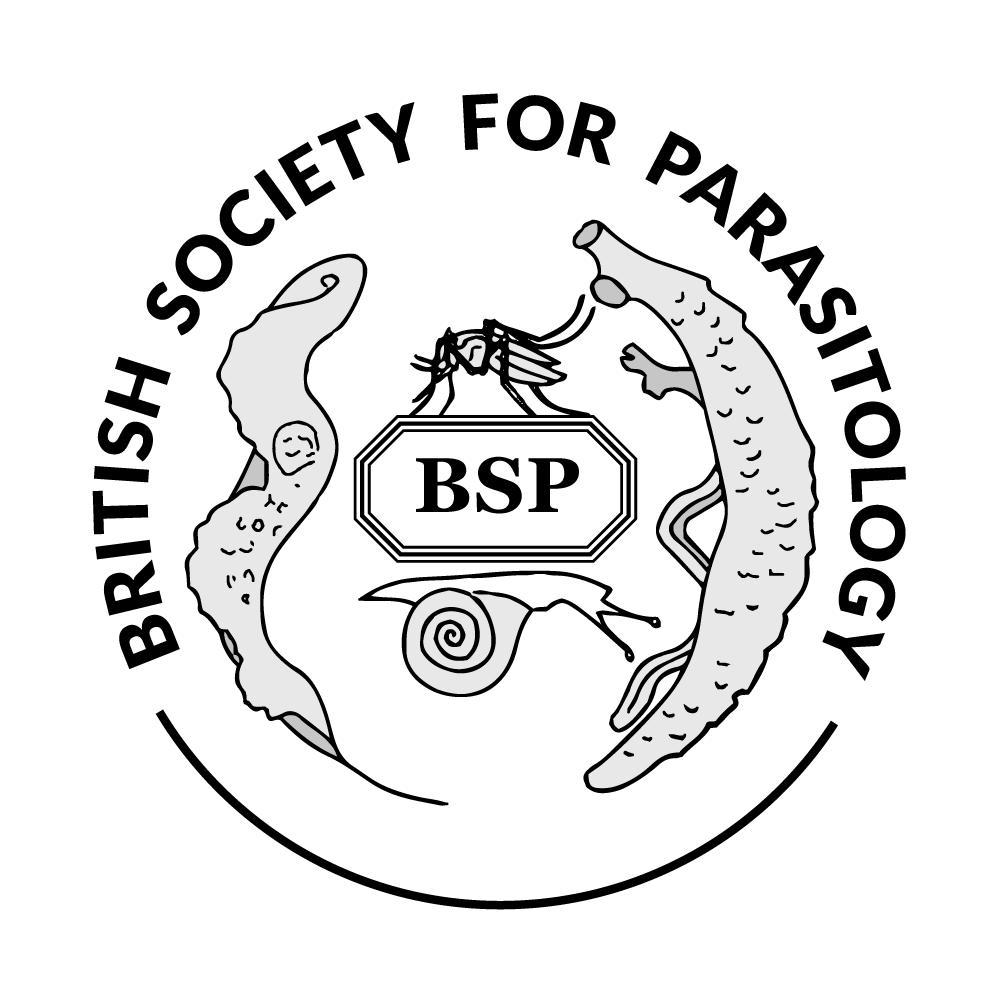Authors
I Wilson1; K Paschinger1; A Hykollari1; B Eckmair1; S Yan1; Y Vanbeselaere1; 1 Department für Chemie, Universität für Bodenkultur Wien, AustriaDiscussion
Invertebrates are often either parasites themselves or are hosts/vectors for parasitic species, whereby glycans often play key roles in inter-species interactions. Recent data indicates that the diversity of N-glycan modifications in invertebrate species is extremely high. From our own studies on nematodes, cestodes, molluscs and insects, a wide range of new glycan modifications has been demonstrated using an off-line HPLC/MALDI-TOF-MS workflow. Particularly underrepresented in older studies are the ‘charged’ modifications of N-glycans from lower eukaryotes, such as glucuronic acid, sulphate, phosphoethanolamine, aminoethylphosphonate and phosphorylcholine. Not only are there surprises in terms of complexity and similarities of the N-glycan structures, but interactions of potential biological relevance with pentraxins or antibodies can be defined in array or blotting formats. For instance, lepidopteran and cestode species display phosphorylcholine-modified glycans not dissimilar to those in some nematodes and which are potential epitopes for human C-reactive protein; also royal jelly glycoproteins, which have been claimed to be nematicidal, antibiotic or anti-hypertensive, carry phosphoethanolamine residues which can explain their binding to human serum amyloid P protein.
